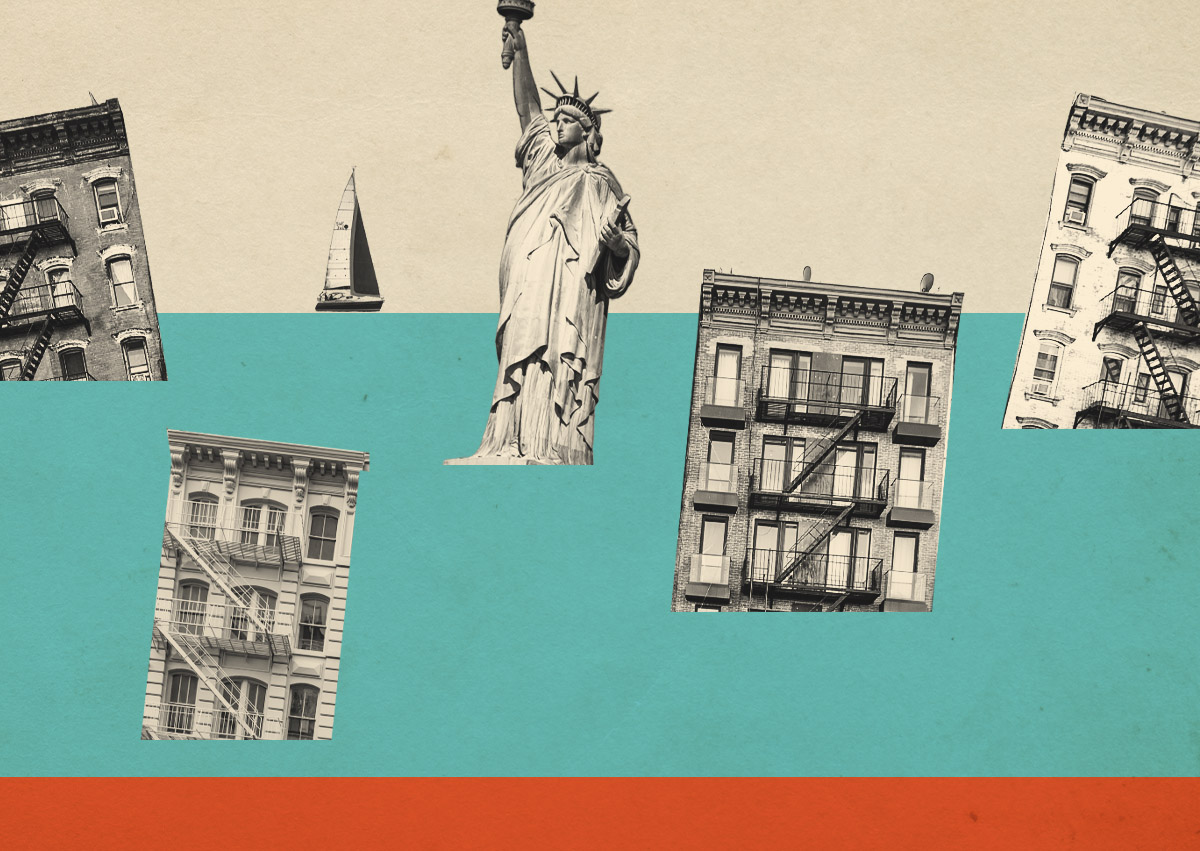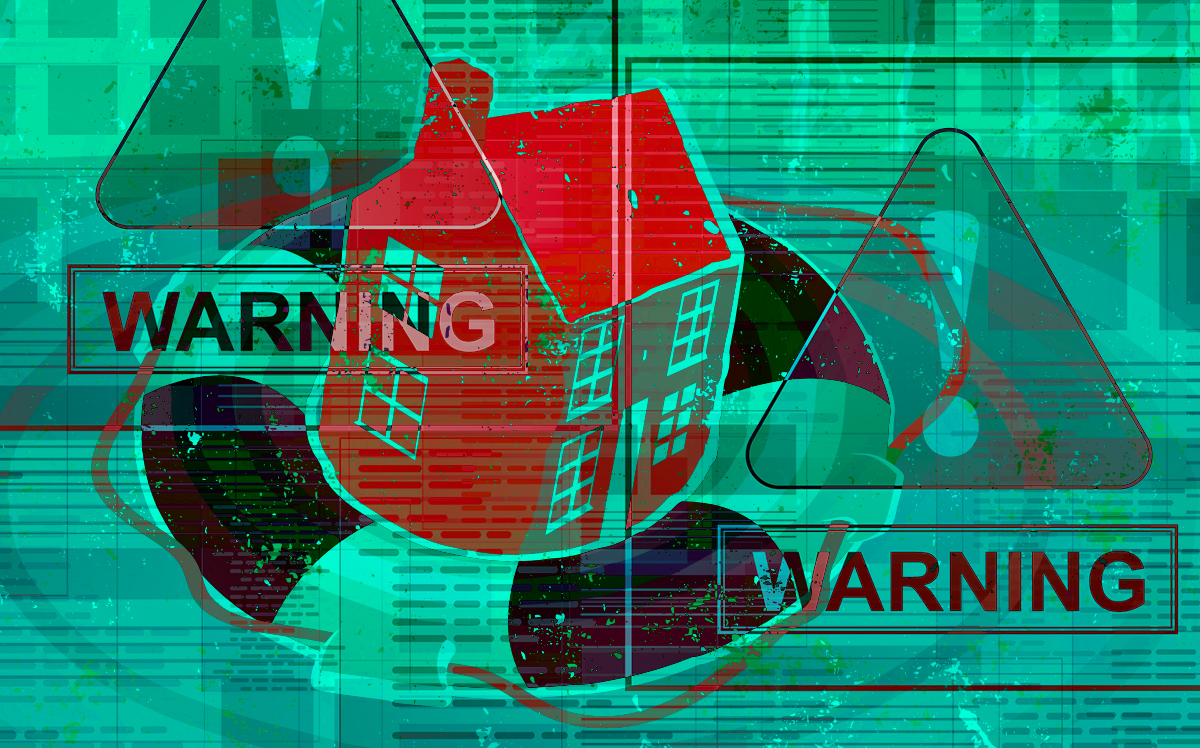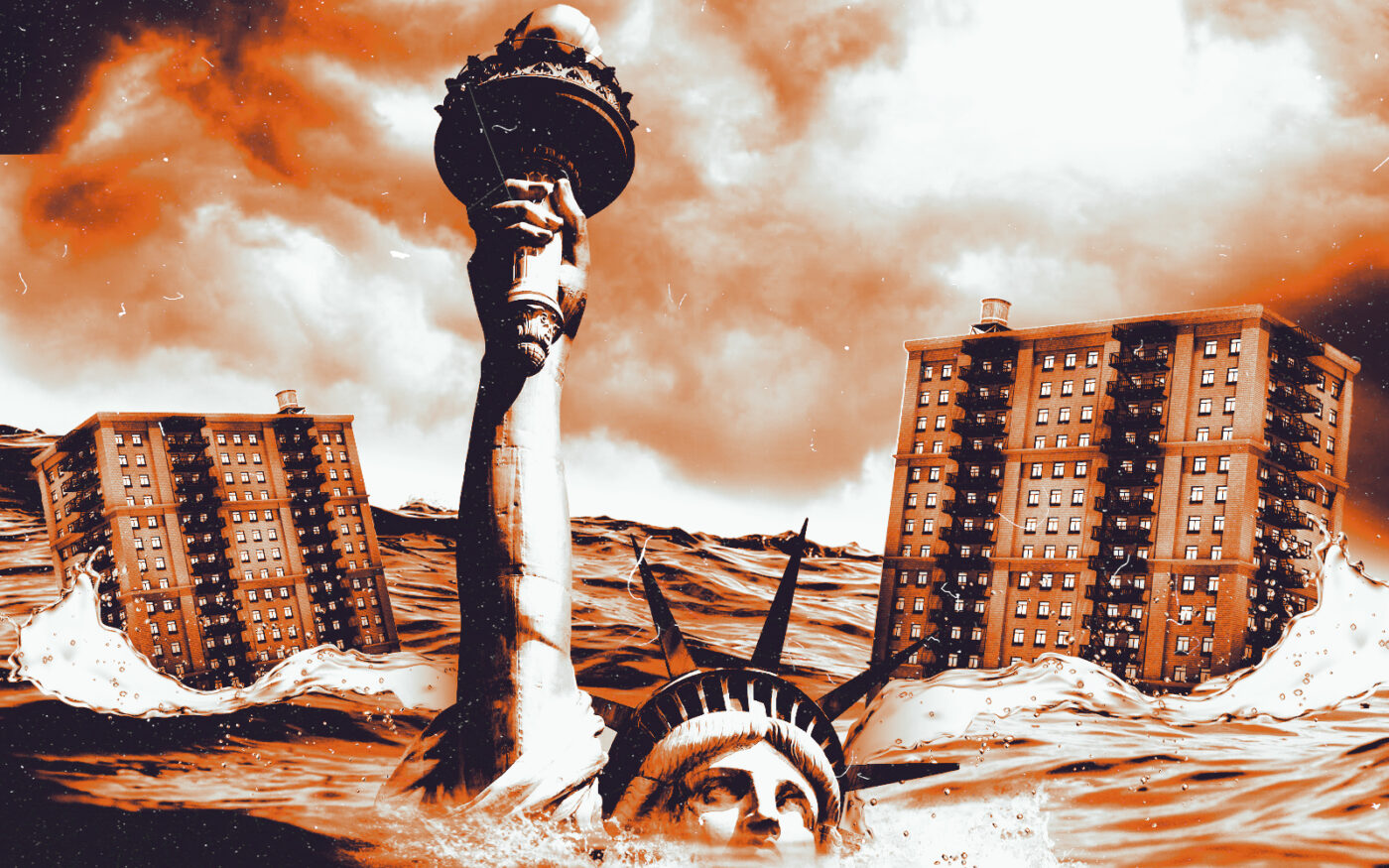New York homebuyers are increasingly making purchase decisions with flood risks in mind, but not everyone is seeking higher ground amid record rainfall levels.
Between the first nine months of 2012 — right before Hurricane Sandy battered the region — and the first nine months of this year, the share of home sales in New York City’s flood zones declined slightly, according to a PropertyShark report. Where they represented 11 percent of sales in the 2012 period, they represented 9 percent in the last nine months.
Three of the five boroughs saw sales dip in flood zones in the last 11 years, the exceptions being the Bronx and Staten Island. The Bronx saw its share stay stagnant, while sales in Staten Island’s flood zones saw a slight increase in sales.
Brooklyn experienced the largest decline in its share of sales in flood zones, falling from 17 percent to 11 percent. Yet, three of the borough’s neighborhoods experienced some of the biggest price grains.
This year, homes in Brooklyn’s flood-prone areas were selling at a $190,000 lower median than homes in drier areas. The median price of homes outside of flood zones surged 74 percent in the past 11 years, versus only a 16 percent increase in flood zones, the smallest increase of any borough.
But in Red Hook, median price gains in flood areas outpaced that in non-flood areas by 110 percentage points. This year, the neighborhood’s median price in flood zones was $2.49 million, but was only $1.45 million in non-flood zones.
Read more



Greenpoint flood zones saw similar pricing trends, up 107 percentage points compared to non-flood zones. Gowanus also saw a larger increase in median prices in flood zones, albeit by only 3 percentage points greater than non-flood zones. Hudson Square and Roosevelt Island rounded out the top five neighborhoods of comparative flood zone median price gains.
While flooding events and major natural disasters are expected to increase alongside the changing climate, the biggest factor affecting flood-zone home purchases could be altered as soon as next year, when FEMA is expected to release updated flood maps for the city. Significant increases of flood zones are expected, which could bring additional costs due to mandatory flood insurance requirements.
